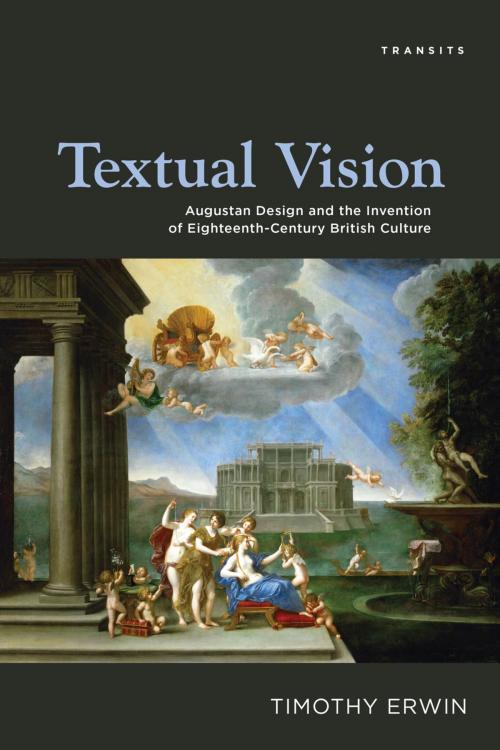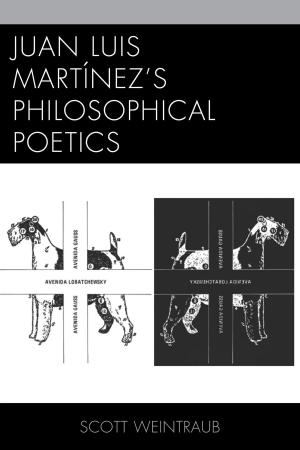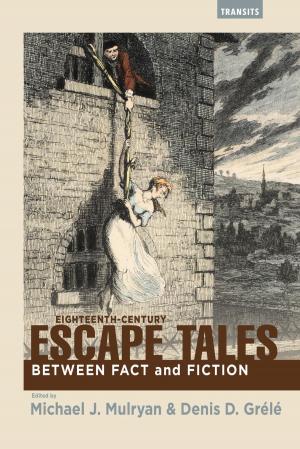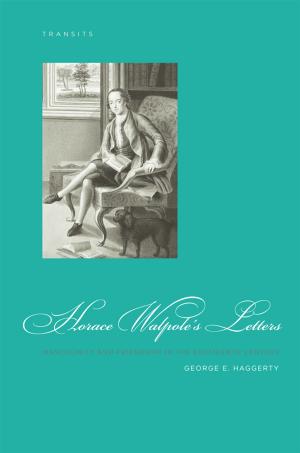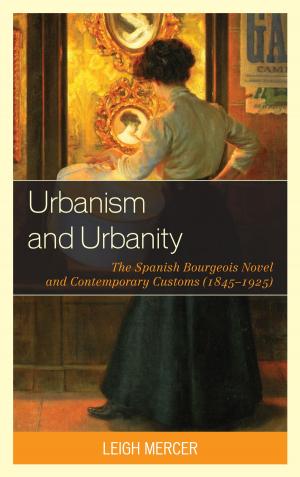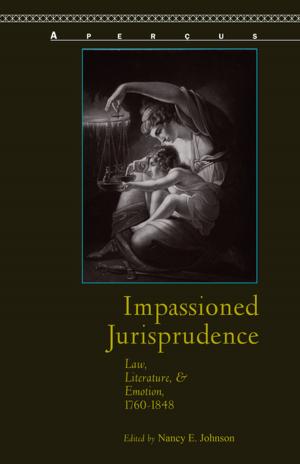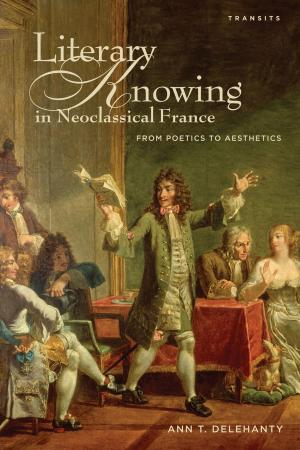Textual Vision
Augustan Design and the Invention of Eighteenth-Century British Culture
Nonfiction, Art & Architecture, Art History, European, General Art, Fiction & Literature, Literary Theory & Criticism, British| Author: | Timothy Erwin | ISBN: | 9781611485707 |
| Publisher: | Bucknell University Press | Publication: | March 6, 2015 |
| Imprint: | Bucknell University Press | Language: | English |
| Author: | Timothy Erwin |
| ISBN: | 9781611485707 |
| Publisher: | Bucknell University Press |
| Publication: | March 6, 2015 |
| Imprint: | Bucknell University Press |
| Language: | English |
A stylish critique of literary attitudes towards painting, Textual**Vision explores the simultaneous rhetorical formation and empirical fragmentation of visual reading in enlightenment Britain. Beginning with an engaging treatment of Pope's Rape of the Lock, Timothy Erwin takes the reader on a guided tour of the pointed allusion, apt illustration, or the subtle appeal to the mind's eye within a wide array of genres and texts, before bringing his linked case studies to a surprising close with the fiction of Jane Austen.
At once carefully researched, theoretically informed and highly imaginative, Textual Vision situates textual vision at the cultural crossroads of ancient pictura-poesis doctrine and modernist aesthetics. It provides reliable interpretive poles for reading enlightenment imagery, offers vivid new readings of familiar works, and promises to invigorate the study of Restoration and eighteenth-century visual culture.
A stylish critique of literary attitudes towards painting, Textual**Vision explores the simultaneous rhetorical formation and empirical fragmentation of visual reading in enlightenment Britain. Beginning with an engaging treatment of Pope's Rape of the Lock, Timothy Erwin takes the reader on a guided tour of the pointed allusion, apt illustration, or the subtle appeal to the mind's eye within a wide array of genres and texts, before bringing his linked case studies to a surprising close with the fiction of Jane Austen.
At once carefully researched, theoretically informed and highly imaginative, Textual Vision situates textual vision at the cultural crossroads of ancient pictura-poesis doctrine and modernist aesthetics. It provides reliable interpretive poles for reading enlightenment imagery, offers vivid new readings of familiar works, and promises to invigorate the study of Restoration and eighteenth-century visual culture.
